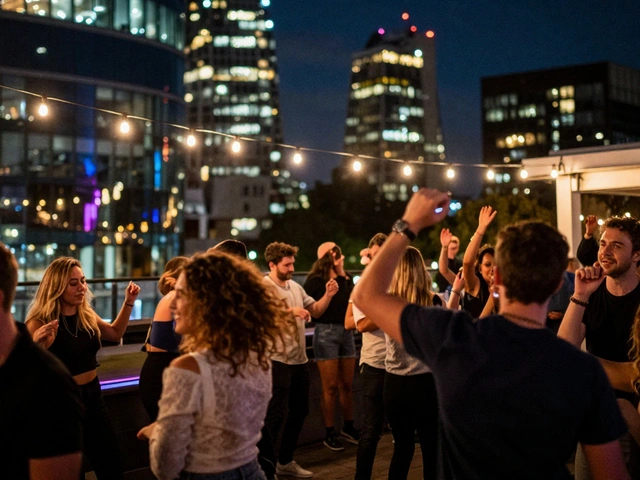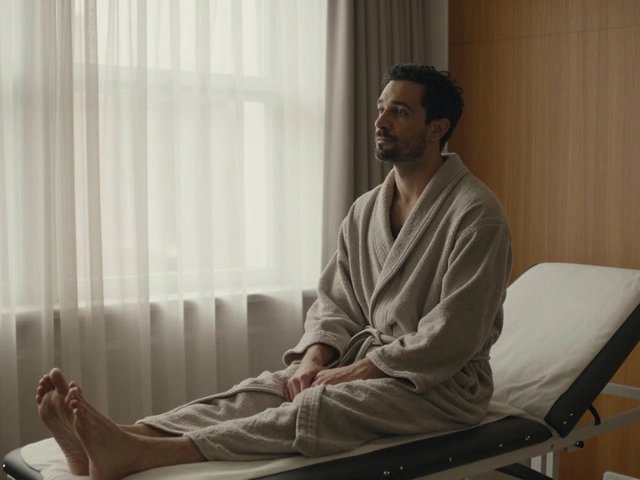Personal Massage Therapy – What It Is and Why You’ll Love It
Personal massage therapy is a one‑on‑one session where a trained therapist works on your body to relieve tension, improve circulation, and help you feel calmer. It’s not a group class or a spa day; it’s dedicated time just for you, tailored to your needs. Whether you’re juggling work, studying, or caring for family, a short 60‑minute massage can reset your energy and clear a fog that builds up over the week.
Most people notice a drop in muscle soreness, better sleep, and a brighter mood after a session. The benefits aren’t just physical – the quiet setting and focused touch can lower stress hormones, which means you feel more relaxed not just during the hour, but for days after.
How to Choose the Right Therapist
Start by checking credentials. Look for a therapist with a recognized qualification, such as a Level 3 Diploma in Massage Therapy or equivalent. A quick online search or a call to a local professional body can confirm this. Next, read reviews. Real client feedback tells you if the therapist is punctual, respectful, and skilled at the techniques you need.
Ask about specialties. Some therapists focus on sports recovery, others on deep‑tissue work, and a few on sensual or tantric styles. Pick someone whose expertise matches your goal – whether it’s loosening tight shoulders or exploring a more intimate experience.
Finally, consider the setting. A clean, quiet room with comfortable temperature, soft lighting, and a good table makes a big difference. If you’re nervous, many therapists offer a brief phone chat before the first appointment to answer questions and set expectations.
What Happens During a Session
When you arrive, the therapist will ask about any injuries, pain points, and what you hope to get out of the massage. This helps them adjust pressure and focus on the right areas. You’ll be asked to undress to your comfort level – usually just enough to let your therapist access the muscles they’ll work on. Most clinics provide towels or sheets for modesty.
The therapist starts with gentle strokes to warm up the muscles, then gradually moves to deeper pressure where needed. You’ll feel a mix of smooth gliding and firm kneading. If something hurts too much, speak up; a good therapist will modify the technique right away.
After the main work, the therapist often finishes with lighter strokes to calm the nervous system. You’ll get a few minutes to rest before getting up, which helps the body settle the changes. Hydrating after the session is a simple tip that supports muscle recovery.
Booking is easy. Many therapists use online calendars, allowing you to pick a time that fits your schedule. Look for a clear cancellation policy so you can reschedule if something comes up. A 24‑hour notice is usually standard.
To get the most out of personal massage therapy, treat it like any other health habit. Aim for a session every 2‑4 weeks if you can, and combine it with stretching or light exercise on off days. Over time you’ll notice tighter muscles staying loose, less daytime fatigue, and a calmer mind.
So, if you’re ready to feel less tense and more alive, start by finding a qualified therapist near you, read a few reviews, and book that first appointment. Your body will thank you, and you’ll probably wonder how you ever went without it.
London Adult Massage: Personalised Relaxation Services That Stand Out in 2025
Curious about adult massage services in London? This article explores why personalised massage experiences are the hottest trend, how to choose a bespoke massage service, who these tailored therapies are for, and the surprising benefits you might not expect. With surprising stats, real-world tips, and practical advice, you'll walk away with everything you need to know for making the most of London's vibrant adult massage scene.
Read More





